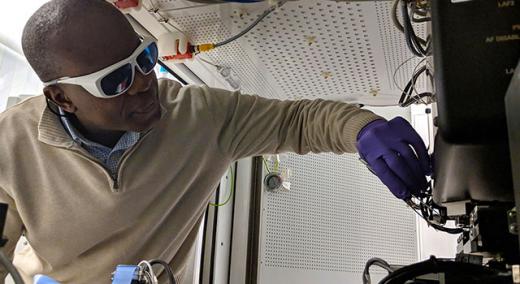
What are you looking to measure? This is one of the central questions for a metrologist (a measurement scientist) and is usually answered before measurements can proceed. It is impossible to make sense of the results without knowing the measurand—the actual physical dimension or other property of the sample you want to measure—regardless of the method you use.
|
ADVERTISEMENT |
However, the measurand could be hard to obtain if it is not defined properly, or if multiple instruments are involved.
Based on the measurement needs, I know exactly what I want to measure. Nevertheless, what I want to measure and what the instrument actually “sees” could be quite different. To solve this problem, a good knowledge of the measurement model (i.e., instrument, measurement physics, data analysis, error sources) for each technique is needed. But one also needs an outlook that mirrors that of a private eye: a sense of humor (the error sources are there; they are just hiding) and some patience (OK, lots of it).
For a metrologist, this is quite exciting!
…
Add new comment